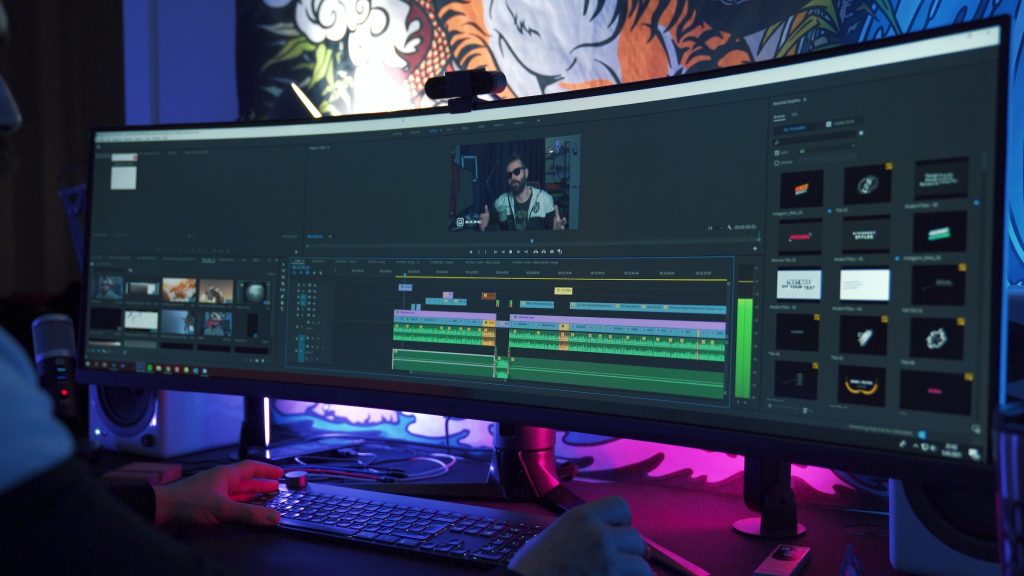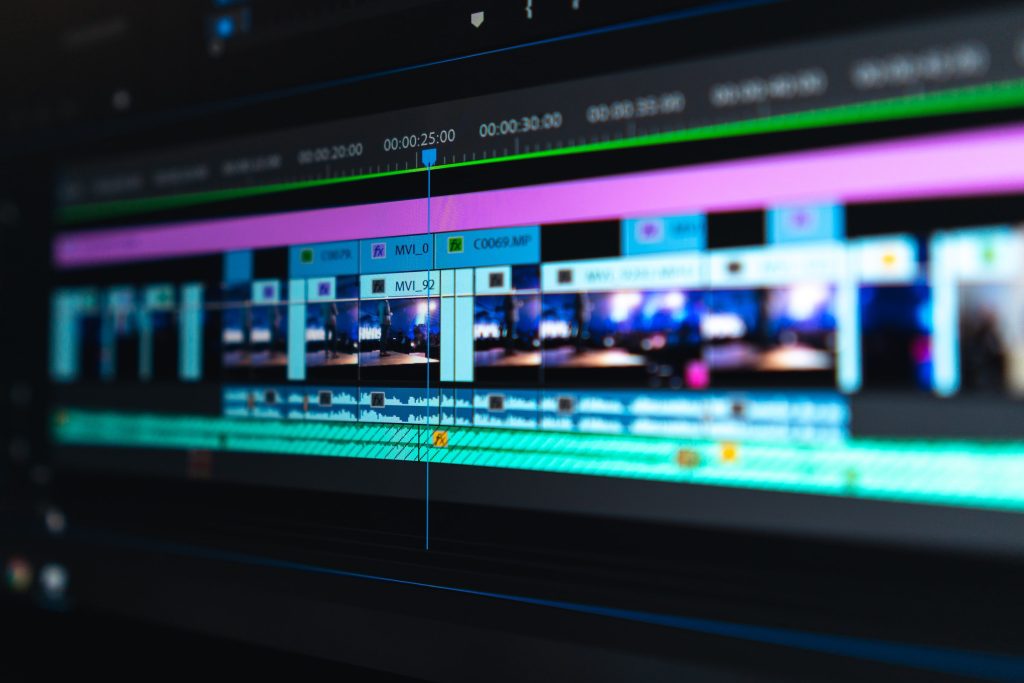Technological advancements impact different industries, and video editing is one of them. Instead of scissors and tape, now we can create high-quality content on a smartphone in a few minutes. Machine learning and automation make video editing even faster and more engaging. Technologies enable everyone to generate a film effortlessly on any device. But it wasn’t done in a day, and the video editing industry underwent a range of transformations and innovations before becoming so popular and simple. Read on and explore how technologies shaped video.

Evolution of Video Editing
Video is a popular type of content used in various fields to attract the audience and potential customers. It grows fast, and according to the statistics, the global video editing software market size was valued at $1952 million in 2021 and is projected to reach $3245 million by 2030. These numbers are impressive, so it’s interesting to find out how the video industry evolved to these heights.
Linear Editing
Today, anyone can create an engaging piece of content with a free video editor, but it was a dream a few decades ago. But let’s start with the dawn of video editing. Here we should mention two important dates: 1890 — the development of the Kinetograph by Thomas Edison, and 1924 — the introduction of the first video editing machine, the Moviola.
At the beginning of the XXth century, the first-ever cuts were made with editing tables, scissors, and tape. The process was an effort- and time-consuming since editors couldn’t view their films while editing and held strips of the film up to the light to make cuts.
The tape was eventually replaced with film cement by the 1950s. That time was dominated by linear editing: the process of editing images and sound in an ordered sequence. The invention of the computers fostered the development of non-linear video editing, but this method is still in use.
Modern State of Video Editing
Nowadays, video making is democratized and automatized. It means that anyone can create a fascinating video using their own footage or content from the internet. People can use a video editor online or download the software on their computers. A lot of tools are available for mobile users and are easy to use. With a variety of video editing programs: offline and online, paid and free, it’s essential to find the proper option. A good editing tool has a clear interface and a variety of editing features. Libraries of stock videos, images, and music will be a plus. Paid programs should have free trials so that users check if they are ready to pay for certain functionalities.
Non-Linear Editing

New technologies led to the emergence of non-linear video editing. This method prevents generation loss and enables people to change any part of a video. Modern video editing combines non-linear editing with such innovations as Artificial Intelligence, Machine Learning-driven automation, cloud, etc. They enable editors to perform multiple video enhancements like auto-sync video and music, color correction, multitrack video editing, amazing transitions, and cinematic effects.
Technologies have a positive effect on our lives, but at the same time, they can be used for malicious intents. Read the article to find out how technology can secure your business.
Conclusion
Technology development brought the video editing industry to a brand new level making it more accessible, simple, and cost-effective. Now we use videos for multiple purposes. They make our lives better. Business, education, entertainment, and other fields actively benefit from the video technological progress. We shouldn’t forget that everything started with scissors and tape, and today we enjoy high-quality video editing tools enhanced by AI and ML.



